Four days, around 130,000 people, and far too many mentions of the words artificial intelligence, CES 2024 is officially over.
The mega tech event has built a reputation, known as the place to see the biggest tech releases, the best new cool gadgets of the year, and even glimpses of the future technology we'll be using.
But while there is plenty to see, spanning just about every tiny corner of tech, there were some clear trends that emerged, likely to shape the next couple of years.
AI everything, everywhere all at once
Yes, artificial intelligence, who could ever guess that tech’s biggest talking point would make an appearance at CES? Covering every sign, poster and product description, AI didn’t just make a mark on the event, it covered it… but not all AI products were created equal.
Cramming the technology into every crevice, there were AI-powered pillows to stop snoring, pet-doors that utilise AI to make your pet drop any dead animals they’re carrying before they’re allowed in, and even a toilet powered by AI that, despite its $11,500 price tag, doesn’t do much that you can’t do yourself.
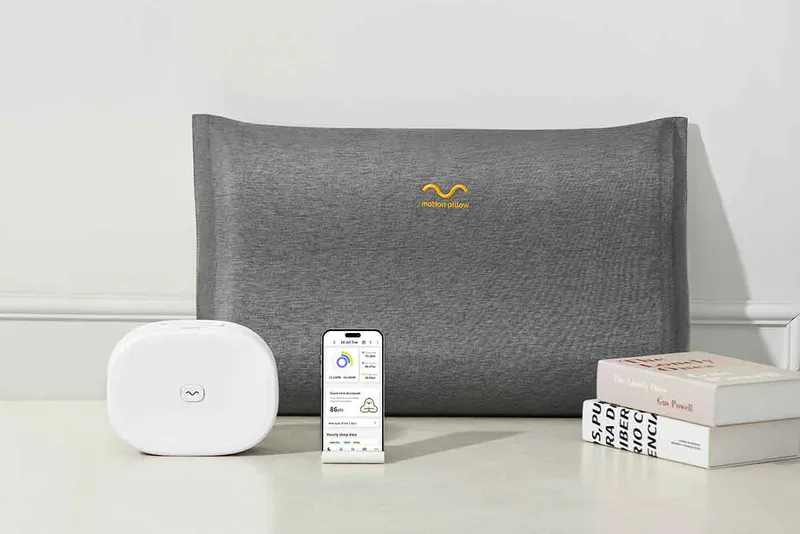
Of course, there were seas of products that utilised two things – ChatGPT and AI art. Cars with ChatGPT installed, TVs that can answer questions, and every version of an AI art generator you can imagine flooded the event.
But that’s not to say that all AI tools displayed at the event aren’t worth getting excited about. The Rabbit R1 is a device that gobbled up hype at CES, being praised from all angles.
Resembling a modern Gameboy device, this palm-sized gadget has a screen, camera, button and a spinning dial. In essence, the R1 is designed as 'a pocket companion’ able to answer questions, order deliveries, play music, check bus times, and answer the big philosophical questions we face in life.
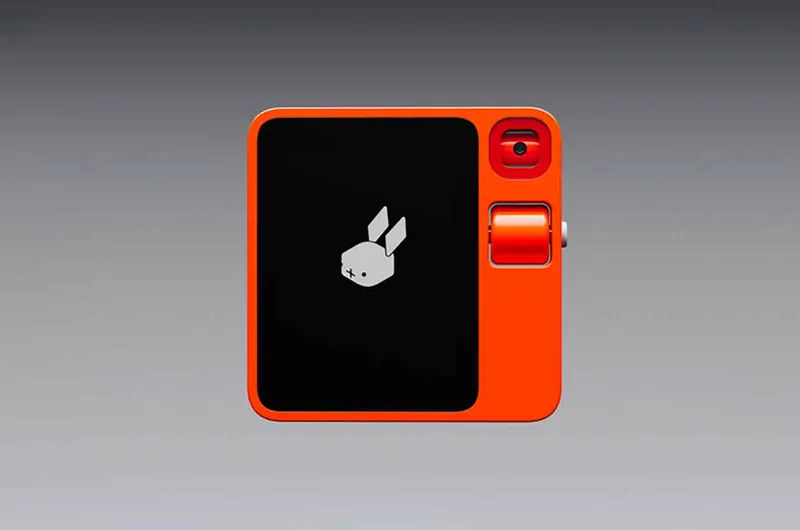
It does all of this through a large language model (like ChatGPT) and connection to a host of apps. Simply ask it a question and it will complete the command. In any situation where you’re going to spend money, it even checks all of the details with you first… you don’t want to accidentally book an eight-hour Uber because of an AI mistake.
See-through TVs
TV has had a lot of evolutions. HD TV, Ultra-HD, the flat-screen, 4K and even 8K, but now things are taking a more unique route – transparency. Both Samsung and LG used CES 2024 to show off their new transparent TVs.
Now, that sounds like an April Fools or a bad joke, but these new TVs, while quite gimmicky, are no doubt impressive. When both devices are in their transparent modes, they resemble holographs, showing images in a floating space with the rest of the room clear behind.
So what happens when you actually want to enjoy a film or some TV? A contrast screen can be dropped behind to return this to a normal, high-quality TV.
If you’re thinking this sounds like a pricey sci-fi dream, you’re right. While prices haven’t been announced yet, they are likely to exceed what most would consider normal for TVs, save for the richest and showiest of people.
A surprisingly cute robot uprising
The robot uprising is here, but don’t worry, it’s much more adorable than you might think. CES 2024 unveiled a sea of robot assistants, all set up to resemble a more adorable and less-threatening Wall-E.
Take Samsung for example, who chose CES to reveal its ‘Ballie’ robot. At first looks, it resembles a technologically advanced hamster ball, aimlessly rolling around your house, but it is smarter than that.
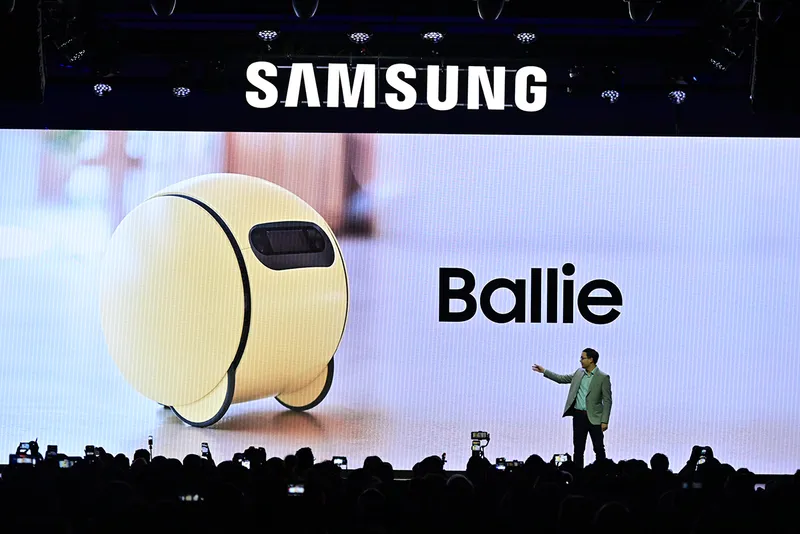
Kitted out with a projector and sets of cameras, Ballie can follow you around your house, projecting workout videos on your ceiling, TV shows on your living room wall, or videos call onto a coffee table.
Not just an over-engineered projector, Ballie can also control lights, adjust smart home products and monitor your home, sending updates throughout the day about your pets and general home safety.
LG took a similar route, developing a smart-home robot. Rolling around on two legs, staring at you with two giant digital eyes, it is equal parts adorable and strangely terrifying.
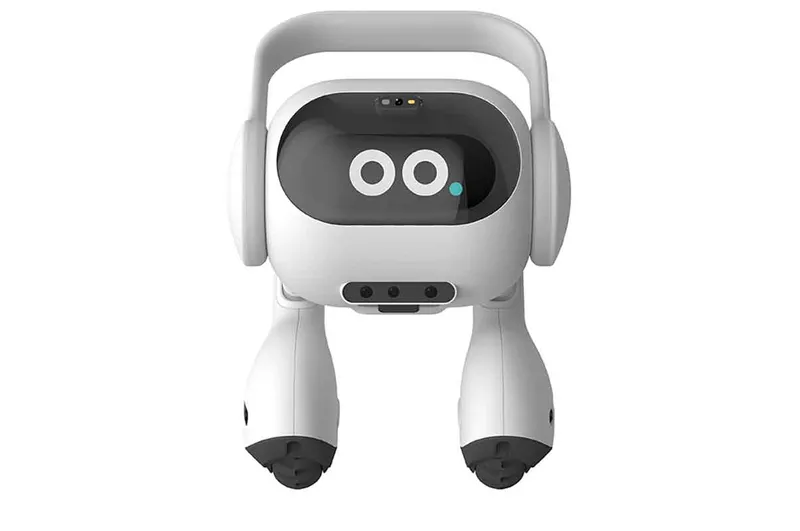
It can gather information about your home’s temperature, humidity and air quality. However, its main use is as a security robot. While it won’t fight off intruders, it can check for open windows and even turn off devices and lights you forgot to.
Not every robot at CES was designed as a rolling butler. Yarbo, for example, unveiled a robot with a borderline military design. The robot system can do everything from blowing snow to spreading seeds, watering plants and cutting grass.
There was even a robot designed solely to park your car in tight spaces, lifting the vehicle and placing it into the gap – thank god robots don’t have consciousness because that would be a tough realisation.
Tech healthcare at home
Thanks to CES in years gone by, we’ve seen smart toilets, scales that shock you and beds that monitor your emotional state. Walking a small tightrope between innovation and quirkiness this year, CES 2024 produced some pretty fascinating health tech.
Take the Vivoo sensor, for example, which allows people to test for UTIs at home. Connected to an app, users can send their test results to a GP, rapidly speeding up the process.
Mirror mirror, who is the healthiest of them all? The Baracoda BMind, a health-tracking mirror can tell you. The smart mirror can deliver mental health wellness advice, mapping your daily mood and stress levels and adjusting accordingly… who knew you needed some morning therapy from your mirror?

Or if a mood-monitoring therapy mirror feels too normal for you, what about a 7-layer 3D printed vitamin gummy? Elo allows you to customise a gummy sweet, with a possible combination of 389 million nutrients. Its marketing is complete with a host of science buzzwords and a celebrity appearance from climbing legend Tommy Caldwell.
Amongst the weird, wonderful, and truly revolutionary, the standout product came from health tech giant Withings, with their new product the BeamO. While it resembles a Wii remote, it is actually a highly intelligent health monitor.
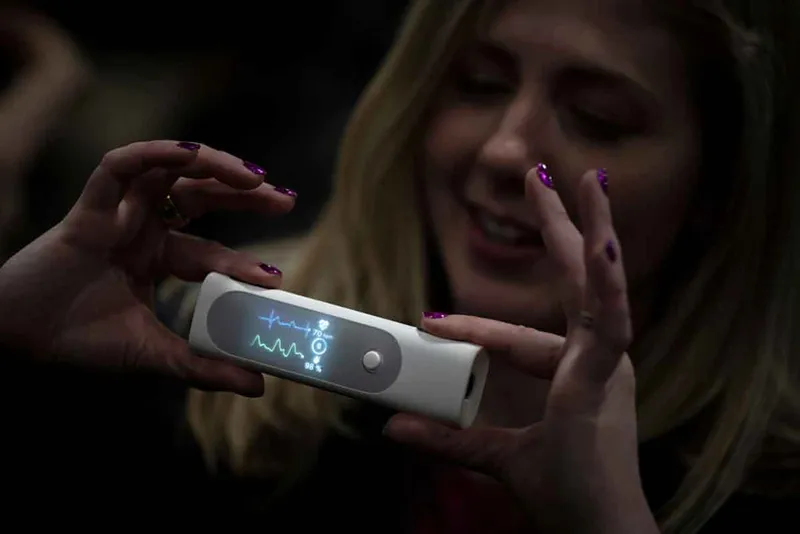
Able to track your heart rate, temperature, and blood oxygen and even capable of working as a stethoscope, the Beamo is intended as an on-the-move health monitor. This information can then be shared with your doctor if any anomalies pop up.
Hidden home tech
The idea of hidden technology leads the brain to the glamorous world of James Bond and spy devices hidden within shoes, pens and umbrellas… this area of CES is unfortunately not quite as exciting as that.
A growing trend, championed by the likes of Ikea and Sonos, hidden home tech is a way of blending your technology into your home without it being noticeable. Think speakers confined in lamps, projectors hidden in fake books or wireless chargers built into tables.
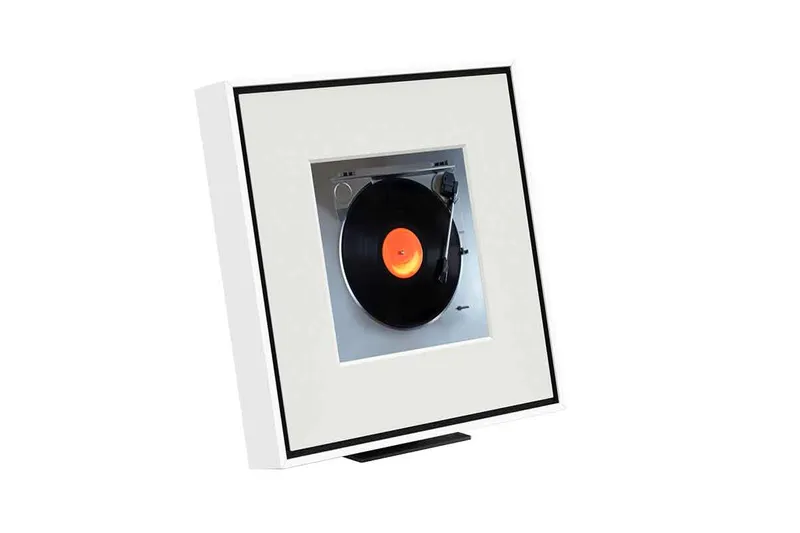
This year’s CES event was filled with this sort of technology, with the standout being Samsung’s new Frame product. Inspired by Samsung’s existing Frame – a TV that looks like a painting when not in use – the Music Frame speaker is a way to keep your speakers hidden.
A small square picture frame, the Music Frame contains an array of speakers, ready to connect up to devices via Bluetooth or connect to existing Samsung speakers for a joint speaker system.
The picture frames can be switched out, displaying different art, album covers or a generic record player image. Not the first to display a product with this idea, Ikea has been selling the SYMFONISK music frame for years, albeit in a somewhat simpler design.
Elsewhere, projector company XGIMI were applauded for their new product Aladdin – a 4K smart projector hidden away in a ceiling light. Despite being blended into a light, the projector is still powerful, able to project images up to 100 inches on the wall.
Of course, with all of this year’s new tech in your home, you’ll need a way of controlling it. Instead of having a giant console docked up somewhere, the Mui Board Gen 2, a product announced at CES, offers a subtle hub for your smart home.
While it looks like a simple wooden accent in your home, a light touch turns it into an interactive way to control your lights, speakers, blinds and just about any technology in your home.
Cooking without the hassle
Over the years, CES has produced both some fantastic gadgets that revolutionise the kitchen, as well as a sea of bizarre accessories with hefty price tags, ready to be used once and then chucked to the back of a cupboard… this year was much of the same.
Let’s start with the good. As more and more people live in flats, or homes without any outdoor space, DIY meat enthusiasts are losing out on the chance to get into meat smoking – a problem GE Appliances are looking to rectify.
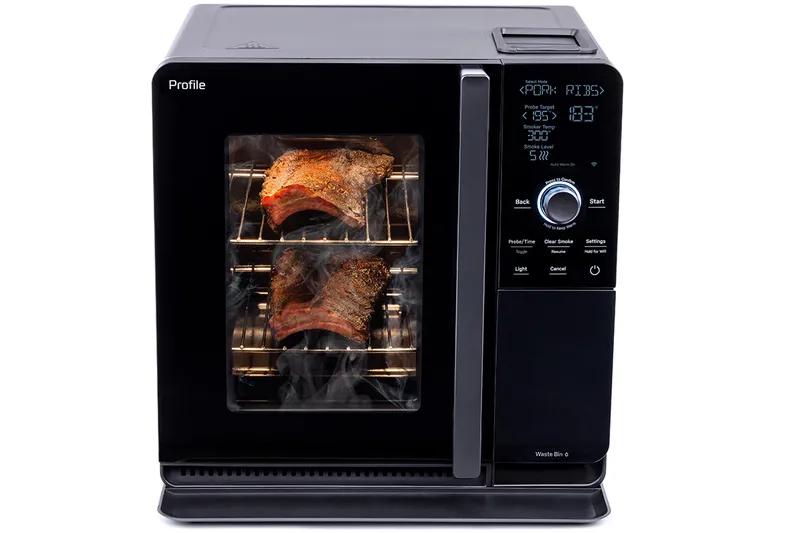
The GE Profile Smart Indoor Smoker (not the catchiest of names, we know) is a smoker that doesn’t let any smoke out into the world. Instead, it is all converted into hot air that is slowly released out of the back.
This way, it can be set up inside your home, which is perfect if you have no outdoor space, or simply don’t want to embrace a cold evening to check on your smoked meats.
Elsewhere, the brand Chef AI released the product with the aim of turning even the worst cooks into chefs. A one-touch air fryer, this product uses artificial intelligence to detect the food and adjust the cooking time and temperature to match – easy and only $250.
Other CES cooking gadgets were a bit more niche: a super-fast ice cream and protein shake maker for example, or a giant robot designed solely to make stir frys. There was even a smart fridge that scans your ingredients to offer possible recipes.
Making the world more accessible
The past couple of years have seen accessibility tech come leaps and bounds, pushing boundaries in everything from gaming to simply getting dressed in the morning, and CES 2024 pushed the boundaries even further.
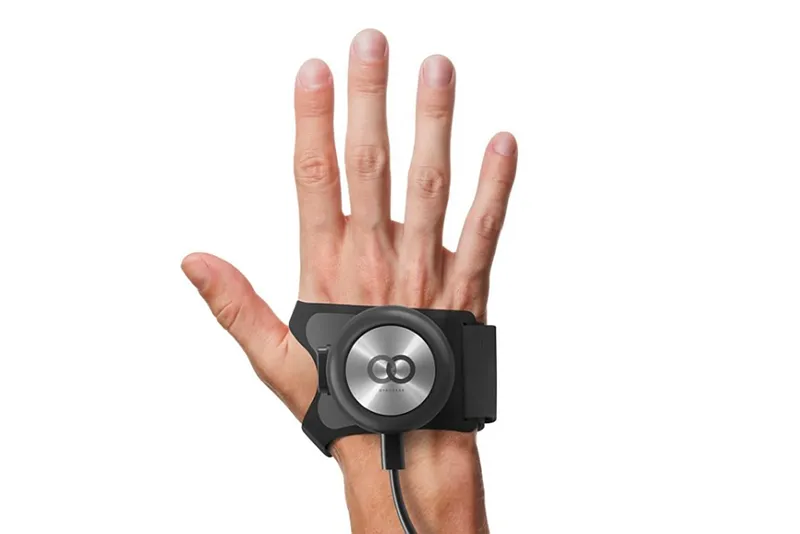
GyroGlove, a $5,899 (approximately £4,650) device has a simple but incredibly useful goal – minimising hand tremors. Using gyroscopic force, the glove counteracts tremors in the hands, aiming to help make daily tasks easier for those with Parkinson’s.
In a slightly weirder but still useful area of accessibility, MouthPad is a product that made headlines at CES. A tongue-operated Bluetooth controller for phones, tablets and laptops, the MouthPad can help give back control to those who aren’t able to use their limbs to operate their devices.
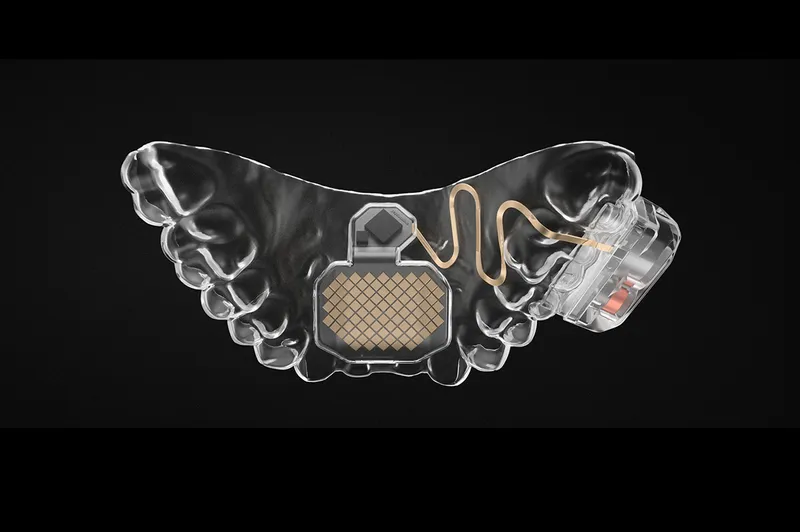
TranscribeGlass were at CES showing off their glasses for transcribing conversations. For anyone who is deaf or hard of hearing, the glasses can show you exactly what is being said in a conversation, presentation or movie – subtitles for real life are a fun and useful idea that we can get behind.
There were even accessibility features for gaming – a growing area thanks to pushes from the likes of Sony and Microsoft. A product called Audio Radar was unveiled, able to interpret audio cues in games, turning them into flashes of RGB lights around the computer screen.
Read more:
